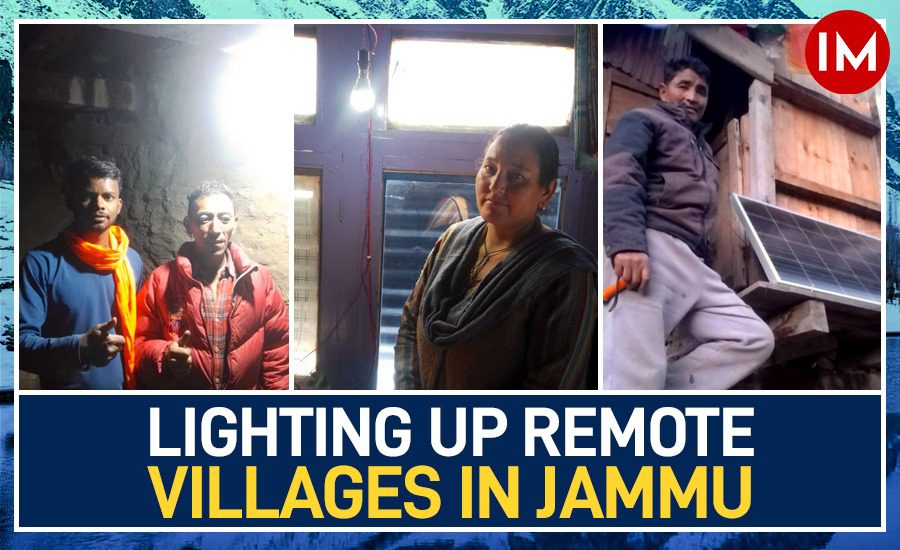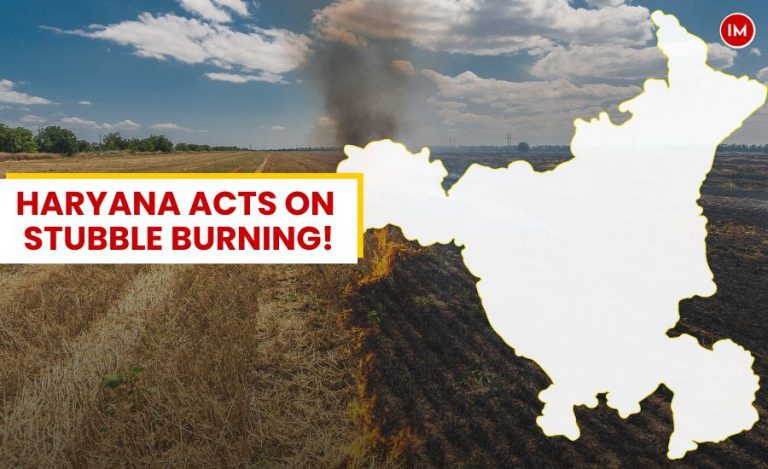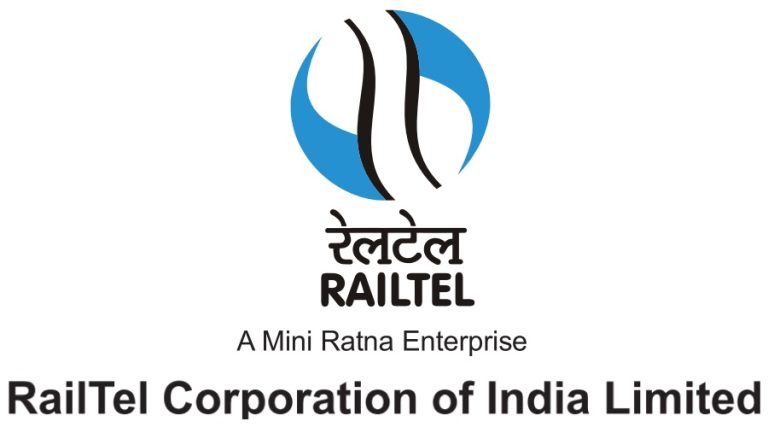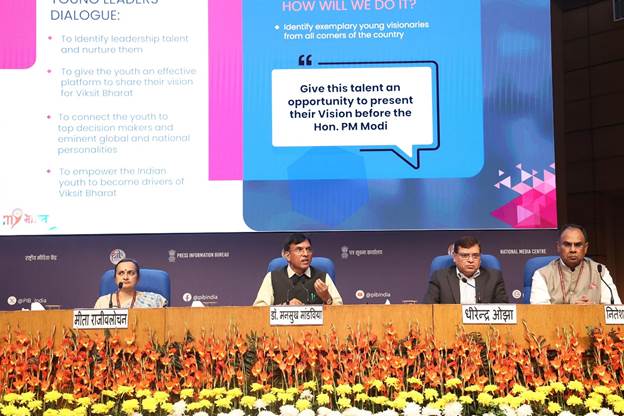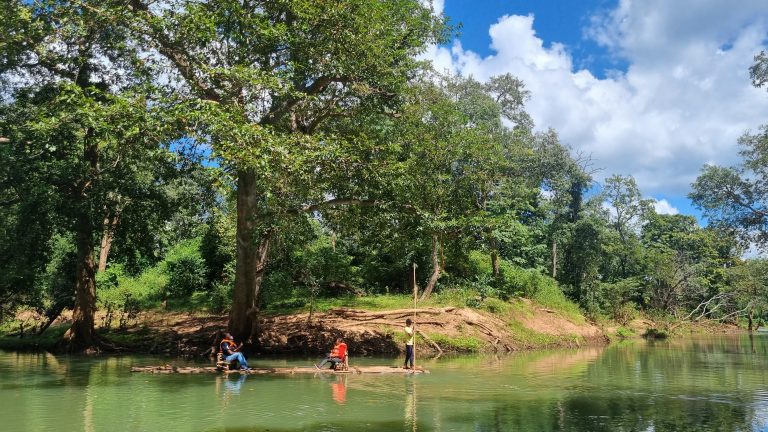Sumchang village is the remotest area of Kishtwar district in Jammu and Kashmir. It takes three days to reach there from Kishtwar district headquarters. It is surrounded by glaciers and dense forests and there were almost 25 homes there where families were living without electricity till now. But, now, in a significant move towards ensuring equitable access to electricity, the Kishtwar district administration has successfully brought power facilities to this remote village.
Similarly, Kibber Nallah is also one such area, where almost 50 houses did not have electricity. Now, the administration is installing a huge solar plant so that the houses can be illuminated.
These solar power packs are being provided under the ‘Untied Funds of District Development Commissioner Kishtwar’. The initiative aims to enhance lighting and ensure power availability during the challenging winter months, and the Kishtwar district administration, under the visionary guidance of District Development Commissioner (DDC) Dr. Devansh Yadav, has successfully brought power facilities to the remotest areas.
Indian Masterminds interacted with 2016-batch IAS officer Devansh Yadav to know more about this initiative.

OFF GRID MORE FEASIBLE
The district administration did an analysis on how to provide electricity in the remotest areas. And, they reached the conclusion that solar electricity is better than on-grid electricity, both in terms of cost benefit and conservation.
On-grid electricity is three times more expensive than solar in these areas. That is why, the administration is relying on solar power because it is not only cost effective, but also more feasible in the harsh climatic conditions of the area, filled with dense forests and prone to avalanches. In such remote areas surrounded by glaciers, on-grid is usually not successful.
Hence, very big solar units are being installed there and all 50 houses in the area will be connected to it.

HARSH CONDITIONS IN REMOTENESS
The district administration is committed to providing power supply to each village and JPDCL Kishtwar is now actively engaged in extending grid connectivity to some other Buddhist habitations, including Halothi, Hango, Dangail, and Ghurnarh.
Area wise, Kishtwar is the biggest district of Jammu and Kashmir, and also the remotest. The most remote area of this district is Sumchang, a Buddhist village. Dogra ruler General Zorawar Singh, who won Ladakh for the princely state of Jammu, also went to Kargil and then Ladakh through this route of Kishtwar, passing through this village. That is why, it has great historical significance.
There are also sapphire mines in this place. The sapphire found here is famous all over the world by the name Kashmir Sapphire. And it is found in Kishtwar only.
There are about 25 houses in this village, and firstly, off-grid electricity was provided. After this, the administration got a survey done and Solar Pac was installed. Till now, solar power electricity has been supplied to 15 houses.
Mr. Yadav said, “Environmentally, it’s a very sensitive area as maximum habitation falls under Kishtwar National Park. It was very important to get power here because as winter approaches, the conditions will become very harsh. The people will be completely cut-off. Already, they are living in sub-zero temperature.”
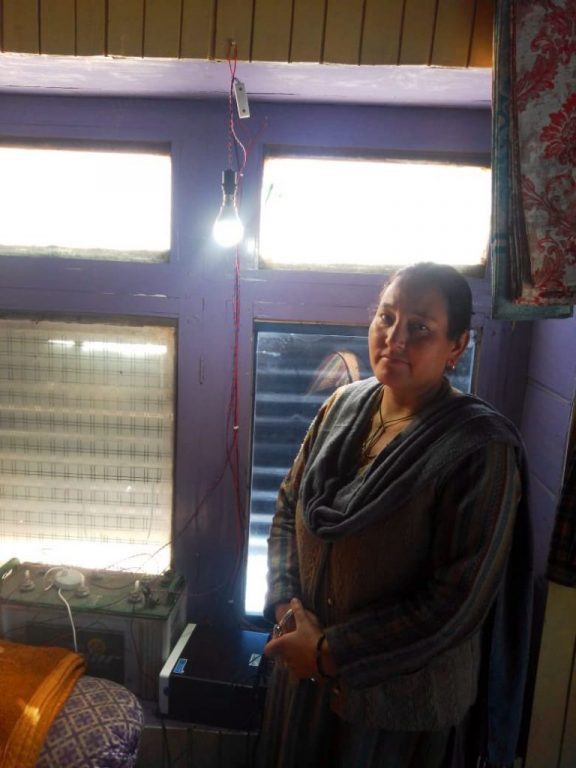
WHY NO GRID ELECTRICITY?
The geographical conditions of this place are such that it is very difficult to provide grid electricity. Before reaching Sumchang village, there is a place called Machail where there is the Machail Mata Temple, which is visited by around 2 lakh people every year. Grid supply reaches till Machail.
But this area has such dense forests and glaciers that multiple avalanches keep occurring throughout the route. The journey begins in July and the roads are cleared in April. Before April, the entire area remains totally packed amidst snow everywhere. Every year, the administration restores the entire electricity line afresh, after which on-grid electricity is provided to Machail till July.
The distance from Kishtwar to Machail is about 60 kilometres and Sumchang village is further up from Machail. “Therefore, we cannot deliver electricity to the villages through the grid as every year, our power infrastructure gets demolished there. Hence, we go for off-grid solutions which also help in preserving the rich nature in the area,” Mr. Yadav said.

